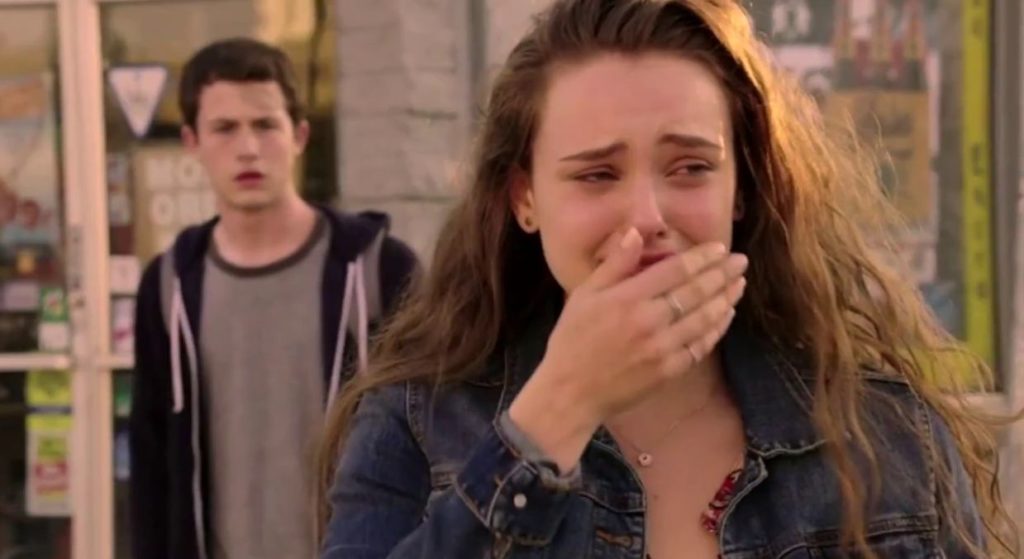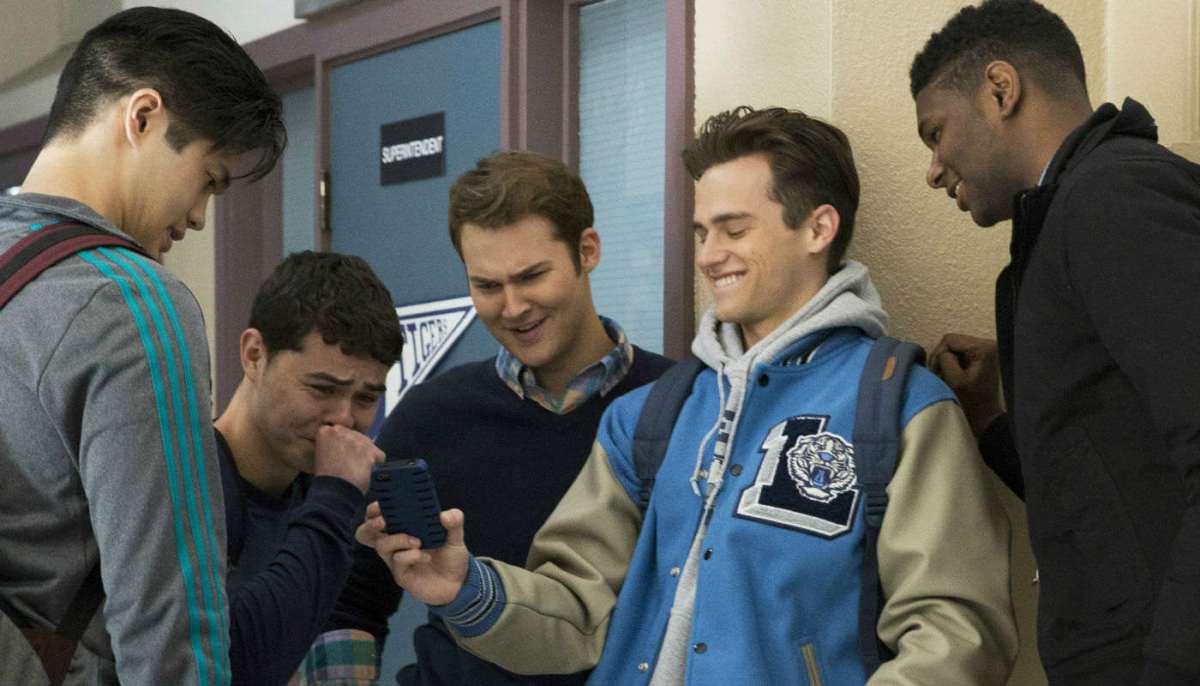
“There are some measures that can help prevent the phenomenon,
The first of these is good dialogue with our children.”
Peer violence in educational settings has always existed, but it is only relatively recently that we have had the tools to recognize and address it appropriately.
Most parents who read this can probably remember that in their time, no one spoke of bullying or harassment at school, but rather of “children’s problems” or “practical jokes.” Thanks to the advances in social sciences and the suicides that have occurred in various places around the world as a result of bullying among peers, the scientific community, and then society as a whole, is beginning to become aware of the importance of this phenomenon for the present and future of our children.
Bullying began to be conceptualized as a two-party problem, the victim and the bully(ies). As the study of the phenomenon progressed, it became clear that it is a much more complex group phenomenon, which includes other actors who are also responsible for sustaining or stopping the abuse. Being aware of this is key, since, although your children may not be part of the victim-bully core, they could at some point participate in this dynamic from another role. Therefore, knowing what the phenomenon is about and what institutional mechanisms we should activate in case we suspect a situation of bullying among peers will be fundamental in the task of supporting the children.
What is bullying or harassment? bullyingWhich events constitute a normal conflict situation between peers and which ones are part of the dynamics bullying?
If your child is having difficulties with peers, it is important to review the conditions under which the bullying is occurring before categorizing this situation as bullying.
Bullying is defined as a subtype of aggressive behavior in which an individual or group attacks fit repeated, humiliates and/or excludes a person relatively fragile (Salmivalli, 2010).
Here it is important to take into account the three keys that appear in the definition and that allow us to discriminate a situation of bullying of a normal conflict between peers. These three conditions that define the phenomenon can be summarized in the acronym, TIP.
- The aggression must be repeated in the time, maintaining the same protagonists. This quality is what often allows us to distinguish what may be a circumstantial fight or conflict from an established dynamic of harassment (Barg, 2012).
- Aggression must be intentional, seeks to cause harm, injure or hurt another person (Barg, 2012).
- This has to occur in an imbalanced relationship of can which may have to do with physical strength or other attributes of the actors. This causes the victim to see their possibilities of defending themselves as very limited, placing them in a defenseless situation (Barg, 2012).
TIME – INTENTIONALITY – POWER IMBALANCE These are the three elements to discriminate a normal conflict situation between peers from an episode of bullyingYou will notice that assessing these conditions may not be so simple; that is why if you suspect a situation with these characteristics, we suggest that you seek advice from the technical team of the institution or report it to the school representatives who accompany your child.
How can the victim be harassed?
Bullying can take many different forms. That's why it's important to be vigilant, since we commonly associate bullying with physical abuse, which is not the most common. Below we present some of the most studied types of bullying.
- Physical Abuse: This includes aggression through pushing, kicking, punching, and object-based aggression. In general, this type of aggression is more common among boys, especially at school. It tends to decrease as the individual develops.
- Verbal Abuse: These could be insults and nicknames, which seek to belittle the victim in public. This has been identified as the most common form of harassment.
- Psychological Abuse: These are actions aimed at lowering self-esteem and fostering insecurity and fear in the victim. This psychological component is present in all forms of abuse.
- Social Abuse: It aims to isolate the victim, diminishing their status in the group and making other individuals participate in this. Commonly known as exclusion.
- In recent times the so-called has been added to this classification Cyberbullying: This is a more recent form of harassment that can occur through networks. It represents a major challenge for controlling the phenomenon, since its speed of propagation and anonymity make it more difficult to prevent, creating an ideal scenario for harassment practices.
Who participates in the bullying?
Normally this phenomenon is associated with the roles of the victim and the bully; but there are other less known roles that can be assumed by children and that are precisely the most important roles in sustaining or stopping abuse since the bullying, in essence, is a phenomenon that requires the “public”. If the harasser/s do not have witnesses to support him/her, it will be difficult for him/her to sustain the harassment. So we have roles that we will call pro-bullying and roles anti-bullying. Within the roles pro-bullying We find subjects who support the harasser in the task of mistreating the victim, some taking concrete actions of abuse (attendants) and others simply positively reinforcing the bully's behavior, with signs of approval such as smiles or comments that encourage him to perpetrate violence (reinforcers). On the other hand, within the roles anti-bullying We found the defenders, they are students who take concrete actions to support the victims, in general they are children who have proven to be more empathetic, seeking to promote this role among children is very important since they are the great allies of good treatment, it is necessary that the defenders feel cared for when reporting the abuse and supported by adults when defending the victims, otherwise they will seek to avoid conflict, becoming possible external That is to say, subjects who see the situation but do not get directly involved, they may not agree with the abuse but do nothing to stop it, often for fear of being victimized themselves.
It is important to keep in mind that these roles are not fixed and that we must help children to become aware of where they are positioned when faced with situations of this type, trying to promote in their children the desire to help the victims and the notion that even if we do not participate directly in the abuse, being witnesses to it makes us responsible. Doing nothing is also a way of doing something to sustain the cycle of violence.
How can we identify a child who is being bullied?:
The key element in detecting bullied students is the sudden changes in behaviorIn this regard, each parent, knowing the characteristics of their child, can evaluate whether their behavior is normal and has continuity with their development or if there was a break. Here are some behavioral clues that can help you refine your perspective in this regard.

- Expresses desire to not go to school and has somatic discomfort associated with school.
- He comes home with his supplies or belongings in poor condition. He loses his belongings frequently.
- He becomes more apathetic, introverted and seems to lose his self-confidence. He is more anxious than usual. He loses his appetite, cries before falling asleep, has recurring nightmares. He may be irritable and has difficulty managing anger.
- He has marks on his body that are not clear as to their origin. He is generally alone, without friends. He refuses to talk about the elements explained above.
How can we help the victim?
There are some measures that can help prevent the phenomenon, the first of which is good dialogue with our children. We recommend that you talk to your children about how school was, who they played with at recess, etc., seeking through dialogue to gain insight into their world of relationships without being invasive. It is important that this does not result in a police investigation and that when children bring us their relationship problems we can listen to them without judging, since many times these conflicts from an adult perspective may seem minor, but for children they represent real challenges at best or major relationship problems.
It is also advisable to take care of two possible reactions that are usually very harmful when facing a situation of bullying As parents, on the one hand, overreact and at the opposite pole the minimize the problem. Overreacting can leave the child very exposed and generate more anxiety and desire to avoid school. Minimizing the problem can send the message that his problem is minor, which can increase the chances of the child believing he deserves the abuse and reduce his strategies of asking for help and therefore his chances of ending the abuse.
If there is a suspicion of abuse, the first thing to do is to talk to your children about it, reassuring them that it is not acceptable and that it is not their fault, and assuring them that we will support and protect them so that it stops and they can move forward.
It is important not to promise that the issue will be kept secret, as this must be reported in order to be dealt with appropriately. Reporting the situation at school and involving the technical team that works with the student is essential..
Invite friends to your house, initially on an individual basis, so that they can practice their social skills.
Some children may need additional psychological/psychiatric support to process the wounds of abuse and to learn tools that will help them defend themselves better in the future and contribute to the development of their social skills.
Although this summary does not exhaust the topic, we hope it will serve as a trigger to begin talking about these issues at home and for us as an educational community to seek a response to these situations, which cause so much pain and negative consequences for development in all those who witness them. We invite you to commit yourself with us to the fight against peer violence.
Ps. Veronica Hughes
IMAGES: «13 Reasons Why»
Links of interest
→ https://libresdebullying.wordpress.com/padres/
→ http://www.kivaprogram.net/
Some videos to reflect on with your children